Seasonal eating is a unique, rhythmic approach to eating in a more sustainable and healthy way. Fortunately, learning how to eat seasonally is not as difficult as you may think!
This post may contain affiliate links at no additional cost to you. By making your purchases through the links on this website, IMSL may make a small percentage at no direct cost to you. IMSL only promotes products we use & truly believe in. Please refer to my Privacy & Disclosures for further information. IMSL thanks you for your support!
We can all learn a thing or two about how to eat seasonally from our ancestors. Yes, this new “trend” is not so new, but instead a way of eating that was the norm for our forefathers.
Having no big box store to rely upon, it was necessary to use their fields to grow, harvest, and process their stores at the height of their growth. Supplementing when necessary through their foraging efforts to supply what was lacking.
Sharing Is Caring ❤️
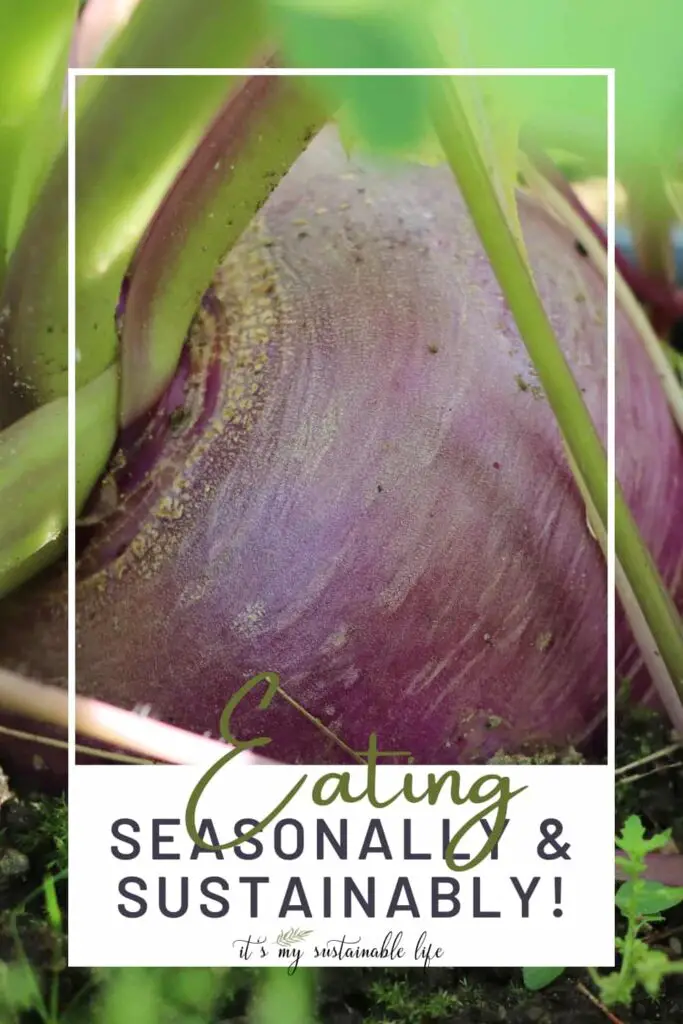
… and I thank you for it 🤗
In a nutshell, eating real food. Food that has not been altered, processed, or added to in order to travel thousands of miles to reach your table.
Before it became the norm to go to the local grocer for, well, basically everything, our predecessors pretty much shopped in their own backyards and pantries for their food staples. And always, looked in their garden first for what was in season.
Fortunately today, we can do both. Eating seasonally either by shopping at your local farm, or even better yet, in your own garden & supplementing what you can’t grow or gather is really not difficult.
Especially when the goal is to consume real food that’s in season.
Read on to learn how to eat seasonally, but maybe more importantly, the health benefits & maybe a few surprise’s available to you when you do so!
SEASONAL EATING DEFINED
So what exactly is seasonal eating? Seasonal eating is pretty much as you would think. It’s an approach to diet which highlights anything which may be growing “in season” in your area.
The term “seasonal eating” has become a trendy expression used by many commercial growers & farmers, chefs, nutritionists & dietitians alike. In season foods feature mostly fruits & vegetables, but can also include certain fish & meats, all largely dependent on the area & region in which you live.
Seasonal eating is defined as eating those foods which are available each “season” or growing or harvesting period.
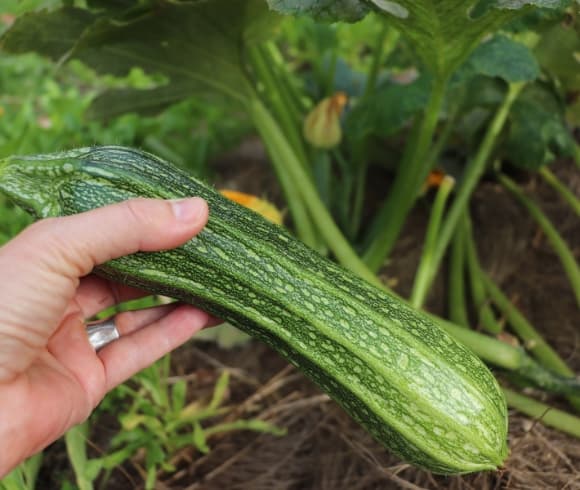
Embracing this way of eating is fairly easy for most. However, there are those who reside in areas where it is difficult to source fresh, local, and in season fruits & veggies.
It’s a sustainable approach of eating that not only offers many health benefits, but also encourages a vibrant & healthy environment.
Seasonal eating is about synchronizing the rhythm’s, cycles and seasons of our environment & aligning those cycles with our eating habits. In essence, connecting with the natural circadian rhythms which surround us, and developing a way to live in harmony with them.

Sadly, this approach to eating has largely gone by the wayside. With foods such as tomatoes, strawberries, and squash available year round instead of their appropriate harvest times, our food has lost much of its value when it comes to both flavor & nutrition.
And we wonder why chronic dis-ease, gluten intolerance and other food allergens are rampant.
Fortunately, changing our diets to accommodate what’s in season is extremely easy to do!
EATING SEASONALLY HEALTH BENEFITS
Foods that are consumed at their peak, coming straight from Mother Earth, offer many health benefits. By eating these foods seasonally, you can be on the receiving end of them all.
IS IT HEALTHIER TO EAT SEASONALLY?
Yes.
These foods are filled with healthy vitamins, minerals, antioxidants, and beta-Carotene!
We can look to the Blue Zones for inspiration when it comes to the health benefits of eating seasonally.
Blue zones are specific locations throughout the world where the largest populations of the oldest AND most healthy living humans can be found.
Why is this of interest? Due to the diversity of the food eaten as well as the levels of nutrient density within them, these populations live a very long & healthy life.
This population, called centenarians (100 years+), has consumed local, fresh foods which are largely grown without the use of pesticides and typically are not available in your local grocer’s.
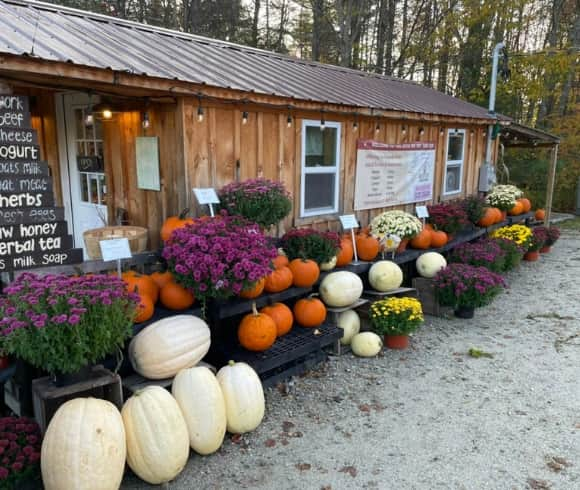
Although these foods vary from locale to locale, you can be sure this population all follow a few guidelines. These are guides which we can all incorporate into our own seasonal eating diet.
- KEEP IT LOCAL & SEASONAL – Local foods will naturally offer the microbiome our guts need for optimal health and nutrient dense foods we need to eat seasonally & healthfully
- KEEP IT NATURAL – Eat foods in their natural, whole state. Keep it natural by consuming real food, 90% of your food, that has being grown within a ten mile radius of home
- FERMENTS – Add ferments to your diet, making the nutrients bioavailable throughout the year. Fermenting your own foods is easy & delicious
- LIMIT ANIMAL PROTEIN – 95% of all foods consumed should be plant based, grown organically & local and preserved for future consumption. Focus on leafy greens (spinach, kale, beet & turnip tops), beans, yams, sweet potato, fruits, nuts, & seeds
- PROTEIN – Here in North America, we are programmed to think we need to fill our plates with protein. The average American woman consumes 70g of protein per day. The recommended amount falls between 46 to 56g per day. Limit meat intake to no more than 2x per week and always choose meat which has been free ranged & organically raised, making them a great source of omega-3 fatty acids
- CHOOSE FISH – Eat up to 3 oz of fish per day. Choosing fish which has not been farm raised, but instead sustainably caught in the wild and preferably from a local purveyor is always wise
- EGGS – Eating the occasional egg, no more than 3 per week, is recommended
- OILS & FATS – Stick with EVOO, the best quality you can afford, my favorite organic EVOO can be found here, and limit or remove completely from your diet any oils or fats which are animal-based fats
- BREAD – Keep with whole grain bread or sourdough
- FRUITS – Keep on hand organic, seasonal fruits which have been frozen. Fruits (and veggies) which have been flash-frozen are more nutrient dense than their fresh counterparts which have been in transit and sitting on shelves
- SUGAR – Limit sugar from sources other than fruit
WHAT IS NUTRIENT DENSITY & WHY IT’S IMPORTANT
What is nutrient density? It’s the level of nutrients which can be found within food. In essence, how nutritious is the food we are consuming.
Were you aware that the nutrient density of fresh fruits & veggies begins to decline the moment it’s picked or harvested?
Here in North America, “fresh” fruits & vegetables can be in transit for 5 days or longer, often sitting on store’s shelves for many days as well as your own counter for a bit of time before consumption.
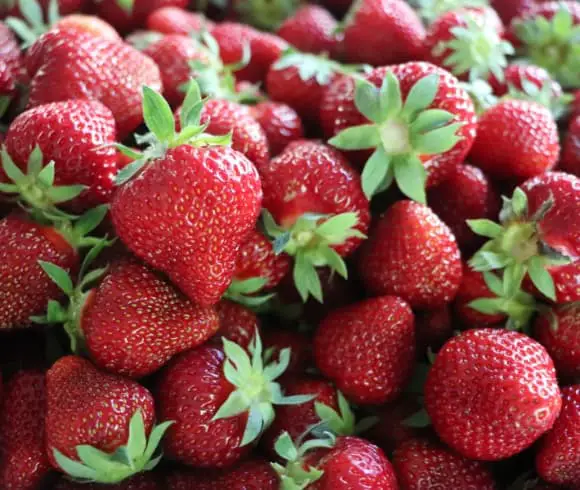
That’s a long time for the product to diminish in nutrient value.
In addition to the length of time it takes to get conventional food from harvest to table, many large growers actually force the ripening of the produce. This un-natural ripening process skips the nutrient building period in which fruits & veggies need to be fully nutrient dense.
Produce is ripened artificially using chemicals, heat, and films (ever wonder what exactly that shiny wax-like film is on your turnip?). Not on my plate please.
For example, there is a 3 fold difference between spinach Vitamin C content that has been harvested in the summer vs. winter. That means the spinach grown during its natural season boasts 3x the amount of Vitamin C as that which has been harvested off season (winter)!
That’s a LOT of nutrients we could take advantage of by eating seasonally!
Another large factor in the nutrient content of the foods we consume begins with the soil in which it’s grown.
HOW SOIL HEALTH EFFECTS NUTRIENT DENSITY IN FOODS
Sadly the evidence is growing pointing to the fact that our foods are fast declining in overall nutrients over the last 70+ years.
The levels of protein, calcium, phosphorus, iron, riboflavin, and Vitamin C found in many fruits and vegetables are immensely different from those grown decades ago.
This fact translates to overall health as this nutrient decline leaves our bodies with fewer overall defenses against chronic health issues.
After all, we are what we eat. Period.
Why is this happening? The food we grow is only as good as the soil in which it’s grown.
Utilization of big Ag practices like irrigation, fertilization, and harvesting methods are disrupting and damaging the essential interactions of plants and soil fungi, all leading to reduced absorption of nutrients from the soil to the growing produce.
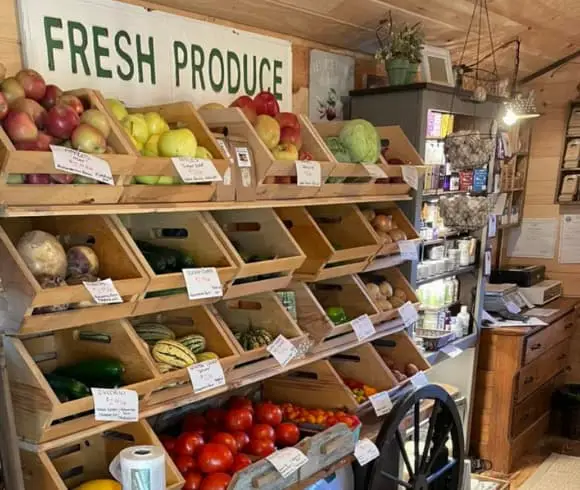
Choosing local, seasonal foods grown by farmers which utilize organic growing methods, practices proper crop rotation methods, maintain the health of their soil using natural applications such as cover crops, and offer a diverse selection of crops, can only increase the likelihood of those food choices being richer in nutrients.
SEASONAL FOODS NOURISH THE BODY
When consuming foods in season, we nourish the body in unique ways. Think not only of nourishment for the body, but a natural support to our health & detoxification as well.
Spring foods such as asparagus which contains glutathione, an antioxidant that promotes detoxification, & dandelion greens which offer a unique liver & kidney cleanse due to their high potassium (improved blood flow) & polysaccharides (reduce stress on the liver and support bile production), are just a few to mention.
Summertime melons & cucumbers hydrate our bodies efficiently during the height of the heat.
Fall & winter warming foods such as stews and soups offer a satisfying bowl of nutritional happiness when veggies like winter squash and the like are added.
EATING SEASONALLY JUST TASTES BETTER
After all, is there ever anyone on the planet who can’t tell the difference between a freshly grown & harvested tomato straight from the summer garden or farmer’s stand and a store-bought one that has been grown in a hot house and sat on the grocer’s counter for who knows how long.
Produce which is grown and freshly harvested in season just tastes better!
EAT SEASONALLY & SUSTAINABLY
With the average miles traveled from farm to plate here in the U.S. totaling a whopping 1500 miles, not only are we losing nutrient value but also at the expense of Mother Earth.
When you eat seasonally & keep it local, you can be sure that this overall cost to the environment is greatly reduced. This data graph from Our World in Data displays just how important it is that we tackle & adjust our current food system in order to combat environmental issues.
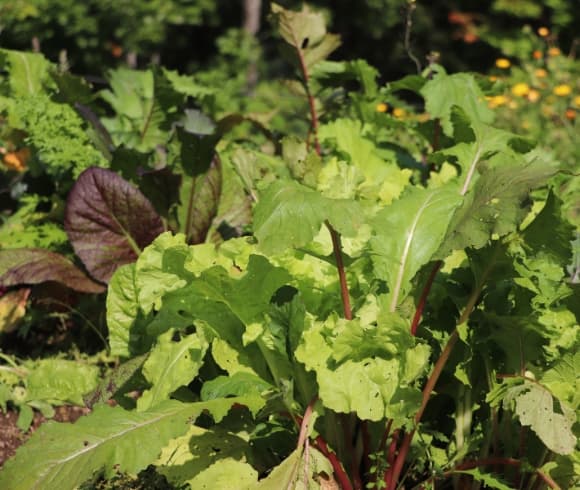
Nonrenewable energy of fossil fuels is reduced if not eradicated completely. Greenhouse gas emissions are lowered as the need for transporting foods and keeping them in cold storage are reduced. Water consumption is greatly reduced.
In this abstract, turning toward these positive dietary changes resulted in a 36% lesser environmental footprint!
How does our current food system affect the global environment? These stats from OWD are eye opening to say the least!
- over ½ of habitable land is used for agriculture
- growing food is responsible for 26% of global greenhouse gas emissions
- agriculture accounts for 78% of freshwater withdrawals
- 78% of both ocean and freshwater eutrophication (pollutants stemming from nutrient-rich sources) come from agriculture.
Seasonal growing results in a sustainable eating pattern which uses less energy to produce. All this AND with less plastics & packaging used. WIN, WIN!!
WHAT ARE THE 4 SEASONAL FOODS?
The 4 seasonal foods consist of those foods which become available and are harvested during the 4 seasons; winter, spring, summer, and fall, with the main growing seasons being spring and summer.
SPRING SEASONAL FOODS
Spring crops are considered cool-season crops. They love the colder temps of the springtime soil, can tolerate light frosts, and germinate well under these conditions.
- Asparagus
- Spinach
- Radish
- Pea
- Rhubarb
- Lettuce
- Scallion
- Chive
- Fiddlehead Ferns
- Ramps (Wild Leek, Spring Onions)
- Garlic Scapes
SUMMER SEASONAL FOODS
Considered warm-season crops, these crops enjoy and even flourish in hot weather conditions. These crops hate the cold and definitely won’t tolerate frosts, and germinate only when the soil temps increase.
- Tomatoes
- Melon
- Cucumber
- Summer Squash
- Zucchini
- Peppers
- Eggplant
- Herbs
- Stone Fruits
- Berries
FALL & WINTER SEASONAL FOODS
Typically these seasons are for harvesting & storing. There are a few exceptions to that rule, garlic being a crop which is planted mid-fall for a spring harvest.
- Potatoes
- Winter Squash
- Pumpkin
- Carrots
- Root Vegetables
- Onions
Growing or purchasing foods which are in season will save you money.
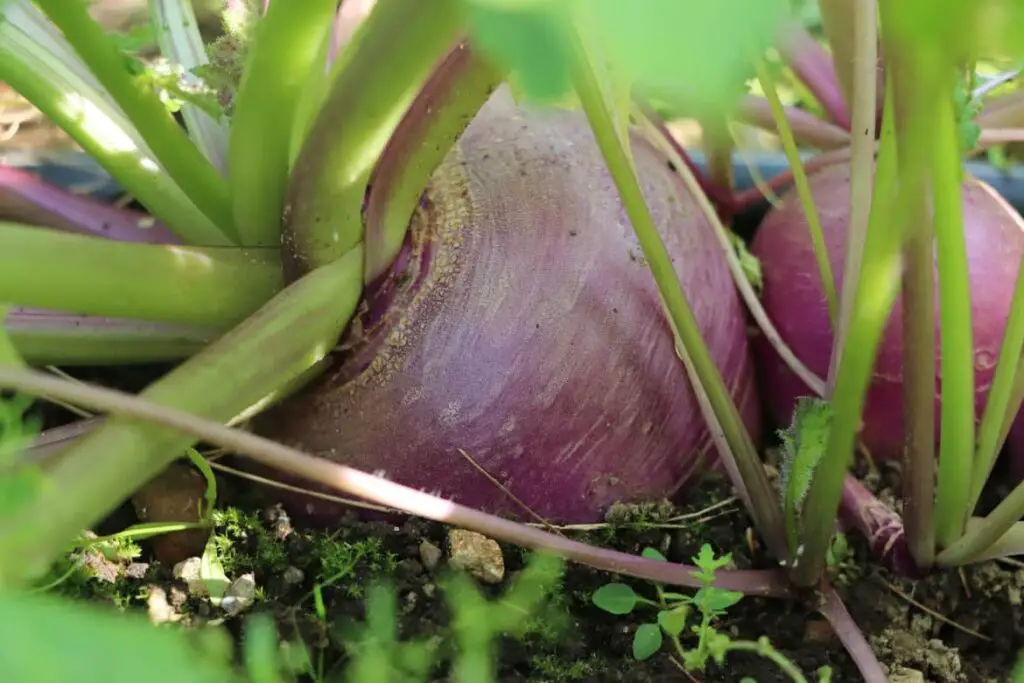
Purchasing in bulk and learning to preserve the bounty by fermenting, canning (water bath canning, steam canning, pressure canning), drying, and freezing, you can be sure you will save even more $$$ over the course of a year’s time.
Which foods are in season when? It really depends on your growing area. I would recommend going to your local farm stand. CSA (community supported agriculture) or farmer’s market and talking with the grower.
Ask what’s in season? Or, what will be coming into season soon? Get to know the grower. They are passionate about what they do and most love to share 😊
I’ve prepared a seasonal foods calendar chart for you! Again, these foods may vary a bit depending upon your area, but they are generally spot on.
Feel free to download the chart for your convenience!
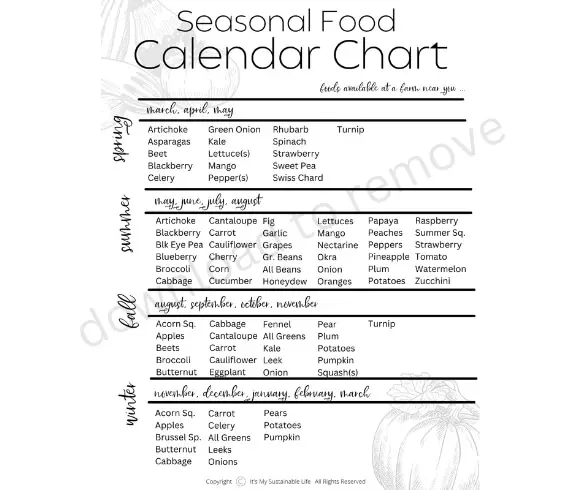
Should you need more information on what’s in season when, you can always look at the U.S. Department of Agriculture (USDA) Seasonal Produce Guide as well as Food Print’s seasonal food guide! P.S. Food Print has a great app for this!
IS FORAGING AN OPTION FOR HOW TO EAT SEASONALLY?
Foraging or gathering is where one can harvest wild food for free! In my opinion, foraging makes supplementing your seasonal eating table easy & fun!
I often go out my backdoor in search of some pretty nutritious greens, roots, & herbs for both my table as well as my home apothecary! Think juniper, stinging nettle, wild violets, rose hips, goldenrod, and more!
Edible plants are everywhere. We just need to re-learn where to find them safely just as our ancestors did!
If this is something that interests you, I recommend you learn from the experts first!
To find a forager in your area (primarily in Canada & the United States), go here.
Read up on foraging BEFORE you head out and give it a try. Research, research, and yes, do more research.
And always follow the basic rules of foraging …
- Practice caution. Identify with 100% certainty before touching
- Understand the lay of the land (get permission if warranted), steer clear of contaminants (golf courses, roads, factories)
- Harvest responsibly, taking only what you need and no more than ⅓ of the plant at any one given time
- Leave only footprints
HOW TO EAT SEASONALLY TAKEAWAYS
Learning how to eat seasonally doesn’t have to be difficult. In fact, it’s made pretty easy with this guide to seasonal eating!
Unlike our ancestors, we aren’t forced to an all or nothing way of eating. We have choices. I encourage you to incorporate seasonal eating in the way it works for your family.
A few of my fav’s for how to eat seasonally can be found 👇🏻👇🏻👇🏻
- KEEP IT LOCAL – By keeping your food sourcing to local vendors, you can be sure it will be what’s in season AND reduce your overall carbon footprint at the same time
- FRIEND A FARMER – If you can’t grow it yourself, find a farmer, join a CSA program, or visit a u-pick farm & ask questions. Be sure to visit often during the growing season and learn what’s in season when
- CHECK LOCAL GROCERS – Yes, you heard right. Many local grocers will carry locally grown produce
- BUY IN BULK – When your favorite foods are in season, opportunity knocks at the door. Your pantry door that is 😅 Buying fresh, in season produce is typically cost effective, especially when buying in bulk and preserving it
- BE ADVENTUROUS – Trying new varieties is fun! Seasonally grown varieties that you may have never tried before may lead you to a new family favorite meal
- TRACK YOUR FOOD – Utilize a food journal, or tracking system like my Kitchen Inventory System, year-to-year. You will quickly see which in season foods you enjoy the most as well as how much you utilize each year
- SUBSTITUTE – Have a favorite recipe which calls for produce not in season? Don’t be afraid to change it up! That summer salad that’s missing a fresh garden tomato will be just as delicious in the winter with some lightly steamed winter squash
- DISCOVER LOCAL EATERIES – If you enjoy a meal or two out every now and then, don’t be discouraged when your goal is to keep it seasonal. Many eateries are now sourcing in season, local ingredients. A quick google search with a few keywords like “farm to table” or “locally sourced” should produce a few options
Fortunately, learning how to eat seasonally is not hard. Hopefully this guide to seasonal eating is one that will inspire you to change a few eating habits & incorporate real, wholesome, nutrient dense foods into your diet.
Ultimately, eating seasonally will help reinforce the bodies natural, rhythmic nutritional requirements in a more gentle & supportive way while supporting the local community, & honoring Mother Earth in a more sustainable way.
How do you already take advantage of seasonal eating?
Love, Light, & Laughter ~

SHOP THIS POST
Enjoy this article? Please consider sharing it on your favorite social media channel! Want more? Subscribe below for the occasional update with all the “happenings on the hill”!

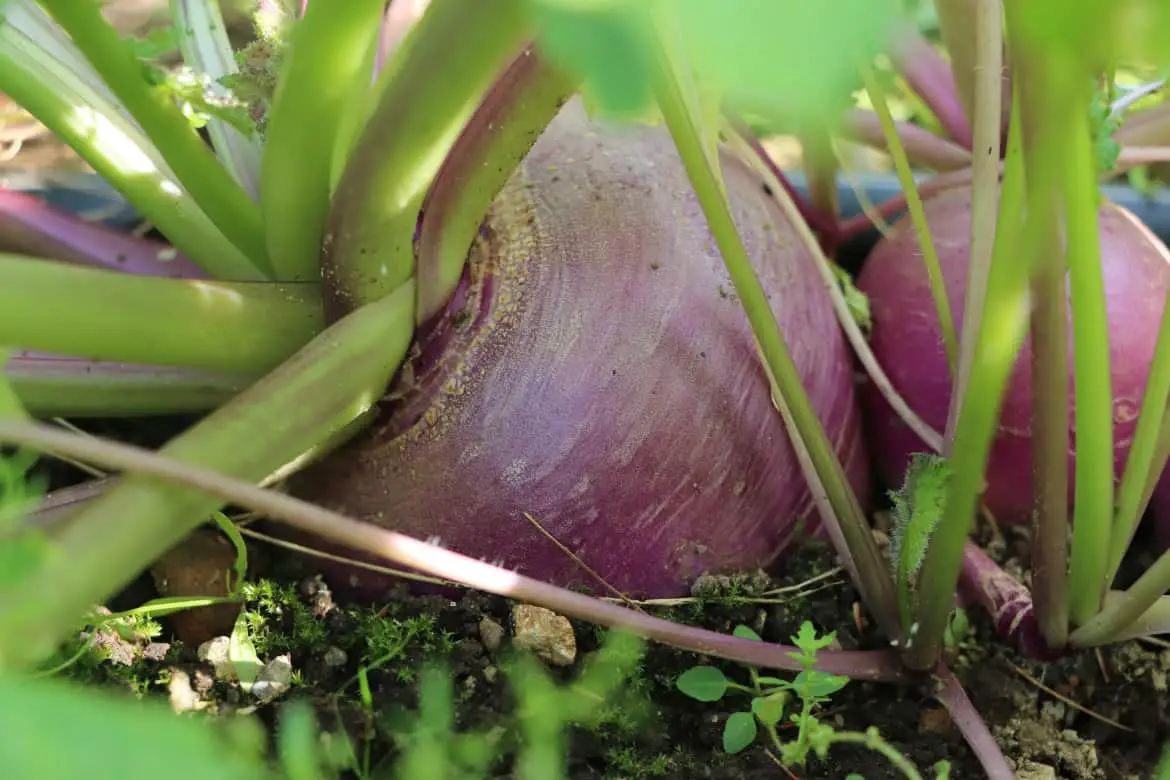


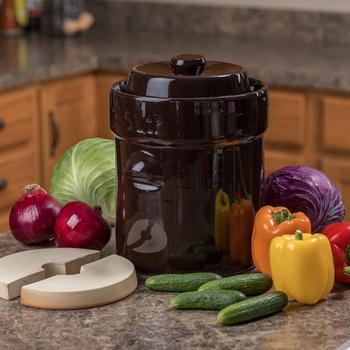
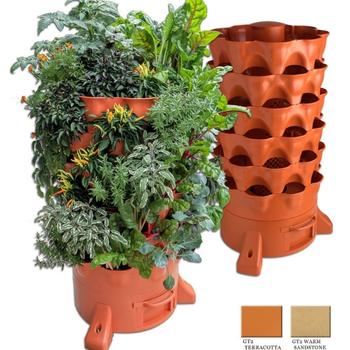
6 comments
This is a fabulous guide on seasonal eating! We will be rethinking some foods we eat and when we eat them.
Seasonal eating is a fantastic idea! I just wish Watermelon was in season all year round!
LOL! Don’t we all 🤗
This is a great guide on how to eat seasonally. And it makes sense. Love the idea of eating seasonally connect with the natural circadian rhythms and live in harmony with them.
I was surprised at the wide range of difference between olive oils. I visited an olive oil farm in Montengro and it was a real eye opener. Just goes to show, we need to eat seasonally and shop local.
I love articles like this one about seasonal eating because I feel like it is motivation to get back on track! I love that seasonal foods all provide such different nutrients, plus they are more affordable to eat in season!